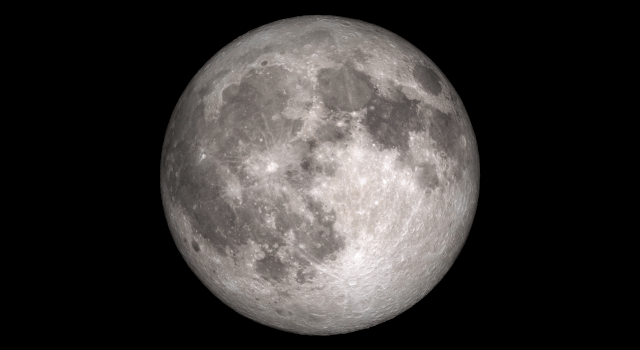What's Up
Watch the Total Lunar Eclipse and Supermoon, Follow Along With NASA Resources
When:
Wednesday, May 26, 1:47 - 6:49 a.m. PDT (4:47 - 9:49 a.m. EDT), totality at 4:11 a.m. PDT (7:11 a.m. EDT)Where:
Night sky (see overview for notes on visibility)Target Audience:
General AudienceOverview:
Watch one of the sky’s most dazzling shows in the early morning of May 26, when the Sun, Earth, and Moon align at 4:11 a.m. PDT (7:11 a.m. EDT), creating a total lunar eclipse. Weather permitting, the lunar eclipse will be visible in western North and South America, as well as in eastern Asia, Australia, and the Pacific Ocean. Totality only lasts about 15 minutes for this eclipse, so be sure to look toward the Moon when the time is right. And viewers in the Midwest and the eastern U.S. can still look up to see a partial eclipse grace the sky. Note: Unlike a solar eclipse, you do NOT need special glasses to view a lunar eclipse.
This interactive shows a real-time simulated view of the Moon from space. Use your mouse and the controls at the bottom of the screen to move around and explore more of the Moon and the solar system.
The full moon will also be near its closest point to Earth in its orbit, called perigee. While at perigee, the Moon appears slightly bigger and brighter from our perspective on Earth, so it’s often referred to as a “supermoon.”
Check out these Teachable Moments and related educational activities to find out how to watch a lunar eclipse and see what causes them to occur – plus learn more about supermoons and whether they're really as "super" as they seem.
-
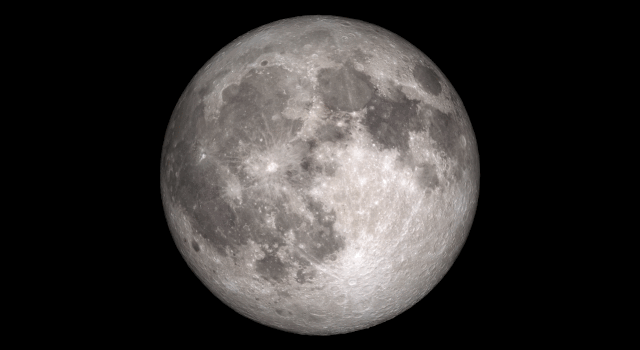
Teachable Moment: How to Watch a Total Lunar Eclipse and Get Students Observing the Moon
There’s no better time to learn about the Moon than during a lunar eclipse. Here’s how to get students watching and exploring more.
-
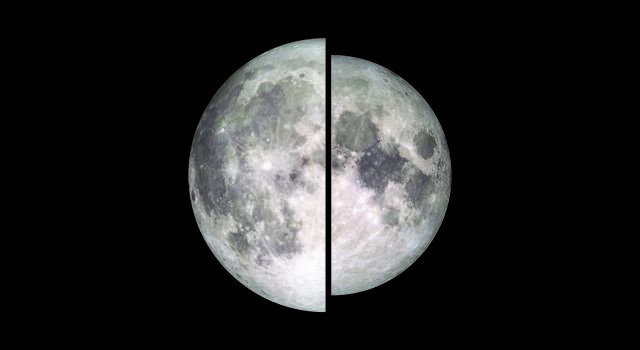
Teachable Moment: What’s a Supermoon and Just How Super Is It?
Are supermoons as super as they're made out to be? Learn what causes them and explore related activities for teachers and students.
Learn more in this month's episode of NASA's "What's Up" video series:
Here's what you can see in the sky in May 2021. For more details and skywatching tips, visit NASA's Solar System Exploration website. | Watch on YouTube
Explore More
Educator Guides & Resources
-

Observing the Moon
Students identify the Moon’s location in the sky and record their observations over the course of the moon-phase cycle in a journal.
Grades K-6
Time 30 mins - 1 hr
-
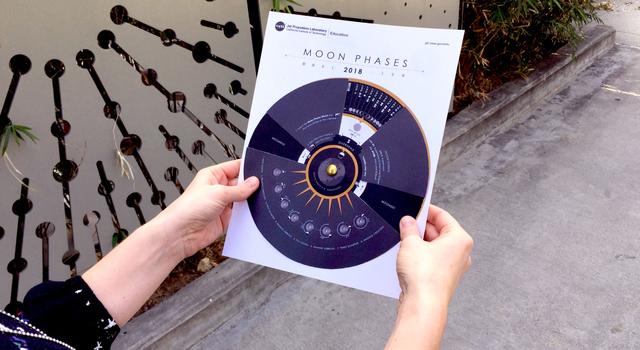
Make a Moon Phases Calendar and Calculator
In this lesson, students use their knowledge of moon phases to build a calendar they can use to find out when and where to see each phase of the Moon throughout the year.
Grades K-12
Time 30 mins - 1 hr
-
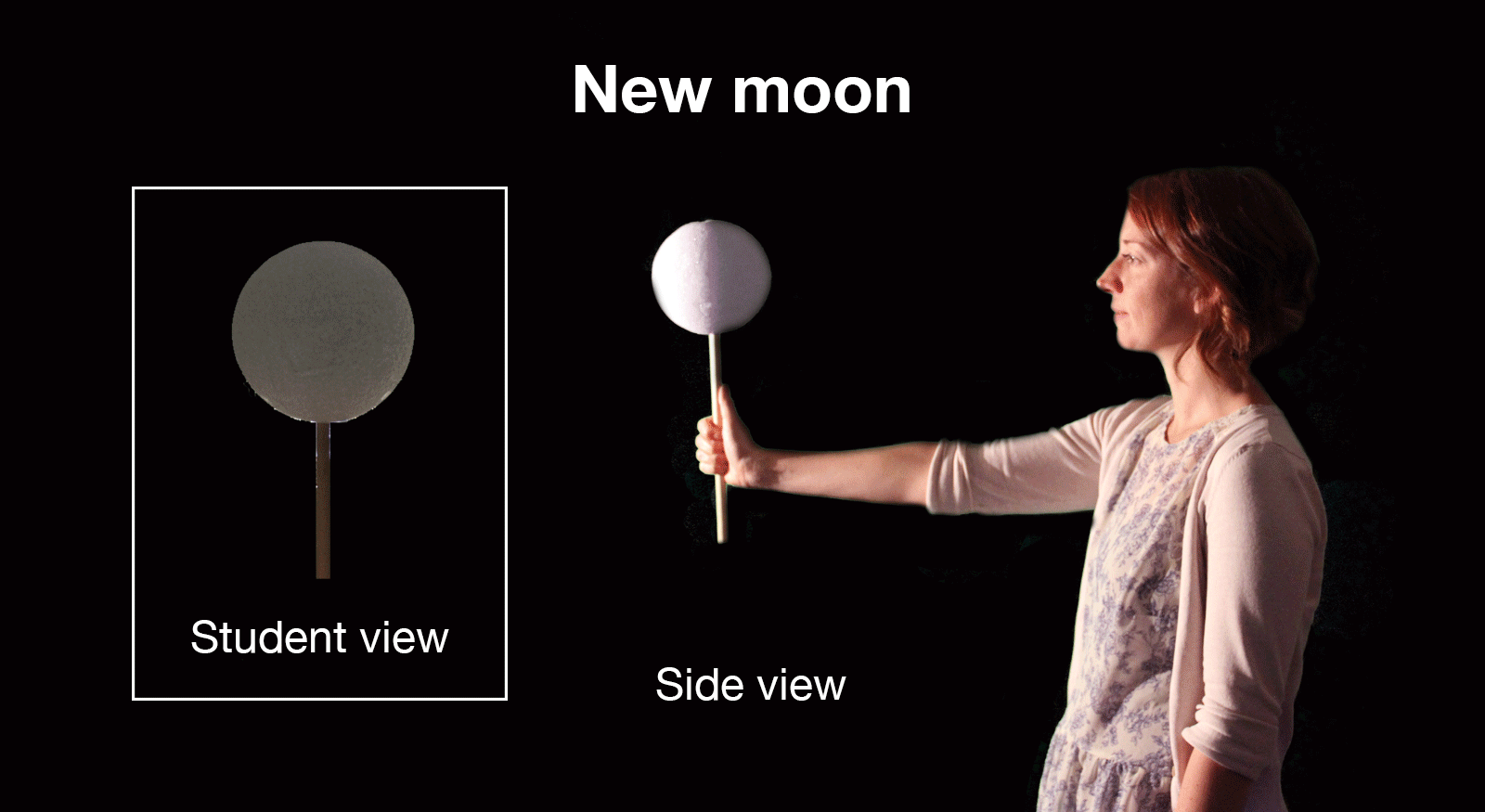
Moon Phases
Students learn about the phases of the moon by acting them out.
Grades 1-6
Time 30 mins - 1 hr
-
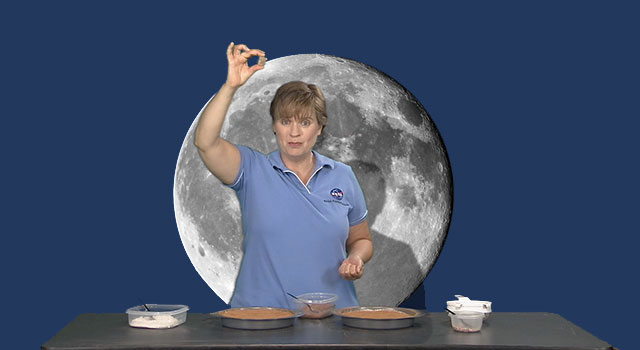
Whip Up a Moon-Like Crater
Whip up a moon-like crater with baking ingredients as a demonstration for students.
Grades 1-6
Time 30 mins - 1 hr
-
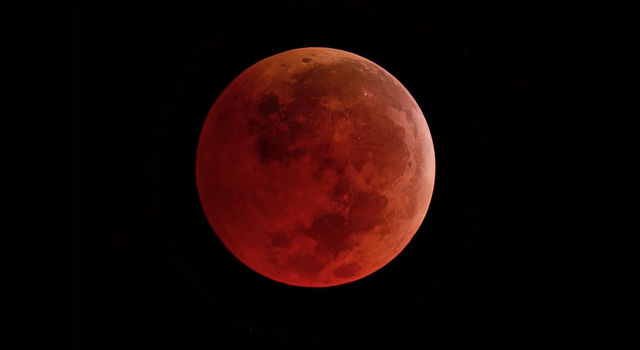
Evaluating a Lunar Eclipse
Students use the Danjon Scale of Lunar Eclipse Brightness to illustrate the range of colors and brightness the Moon can take on during a total lunar eclipse.
Grades 3-12
Time 30 mins - 1 hr
-
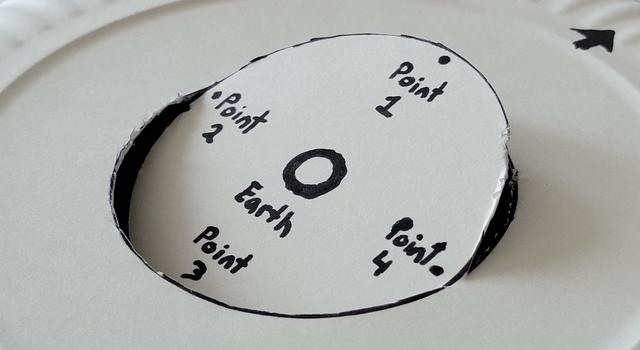
When Do Lunar Eclipses Happen?
Students use a paper plate to make a model that explains why lunar eclipses don’t occur during every full moon.
Grades 4-8
Time Less than 30 mins
-
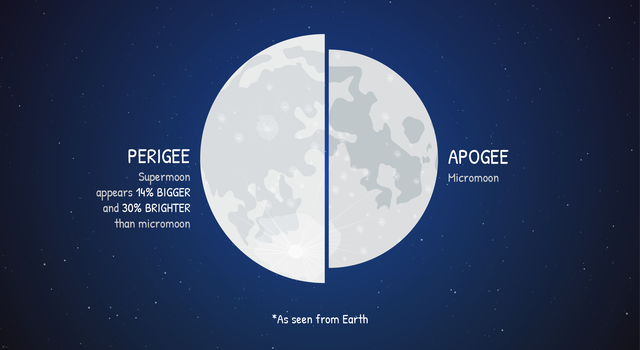
Measuring the Supermoon
Students use analog and digital tools to measure the Moon’s apparent size and brightness.
Grades 5-12
Time 30 mins - 1 hr
-
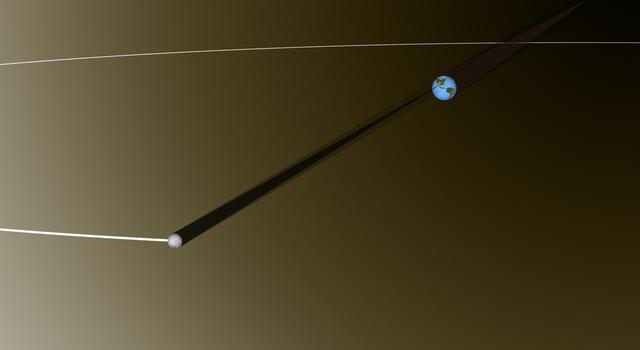
Modeling the Earth-Moon System
Students learn about scale models and distance by creating a classroom-size Earth-Moon system.
Grades 6-8
Time 30 mins - 1 hr
-
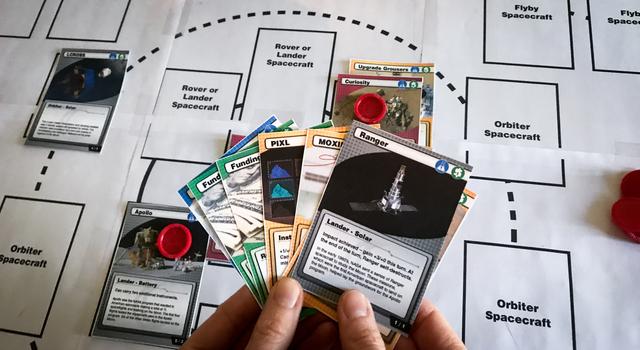
All Moon Lessons for Educators
Teach students all about the Moon with these standards-aligned STEM lessons for educators.
Grades K-12
Time Varies
Student Activities
-

Make a Moon Phases Calendar and Calculator
Like a decoder wheel for the Moon, this calendar will show you where and when to see the Moon and every moon phase throughout the year!
-
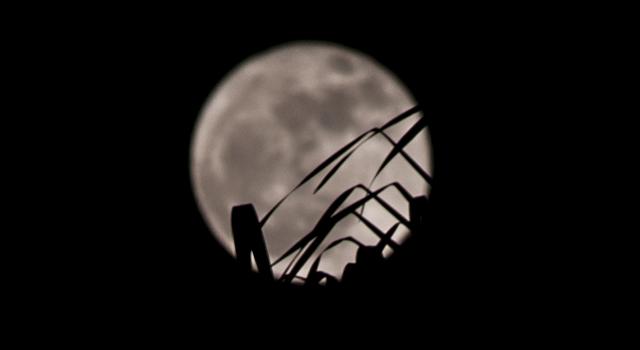
Look at the Moon! Journaling Project
Draw what you see in a Moon Journal and see if you can predict the moon phase that comes next.
-

Make a Moon Crater
Make craters like the ones you can see on the Moon using simple baking ingredients!
-

When Do Lunar Eclipses Happen?
Use a paper plate to make a model that explains why lunar eclipses don’t happen as often as you might expect.
-

All Moon Activities for Students
Make a moon phases calendar, moon crater, lunar rover and more with these activities all about Earth's moon.
Subjects Varies
Type Varies
Explore More:
- Article for Kids: All About the Moon
- Website: NASA Moon
- Website: NASA Artemis Mission
- Interactive: NASA's Eyes on the Solar System – Earth's Moon
Events are based on visibility in the Northern Hemisphere. Dates and clock times are for the Pacific time zone unless otherwise noted.




